
Green tea stands out for its minimal processing, which preserves its natural antioxidants, making it a go-to beverage for those looking to enhance their well-being. Whether it’s the mental clarity offered by a morning cup of Sencha or the metabolic boost from a finely ground Matcha, green tea caters to a broad spectrum of health and taste preferences.
Green tea, with its origins in China and Japan, has become a global staple, enjoyed by millions for its soothing qualities and potential health advantages.
In this article, we’ll explore the different types of green tea, from the grassy notes of Gyokuro to the nutty flavors of Genmaicha. We’ll cover not only the unique characteristics and origins of each type but also delve into their health benefits and offer tips on how to brew them to perfection.
Types of Green Tea
For those new to green tea or seasoned drinkers looking to broaden their palate, this guide aims to provide a comprehensive overview that’s as informative as it is engaging. Join me in discovering the world of green tea, where every cup promises a journey of flavor and wellness.
1. Sencha
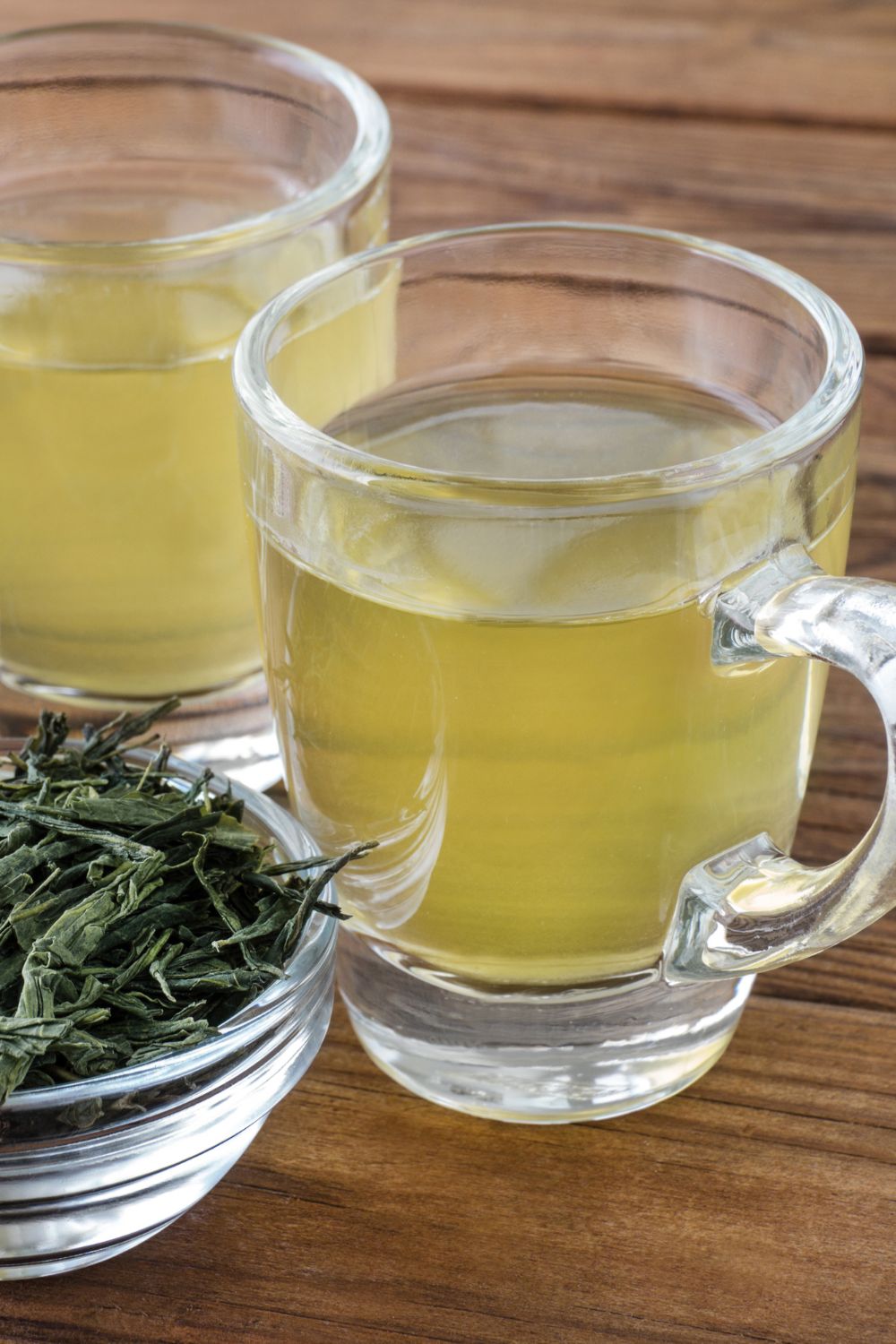
Sencha, the most popular green tea in Japan, offers a perfect introduction to the diversity of green tea. Originating from Japan, Sencha is made from the first flush of tea leaves, offering a balance between sweetness and bitterness.
The taste profile of Sencha is characterized by its crisp and refreshing flavor, with a grassy note that embodies the essence of spring. It’s the epitome of Japanese green tea, capturing the delicate nuances of its carefully managed cultivation.
2. Matcha
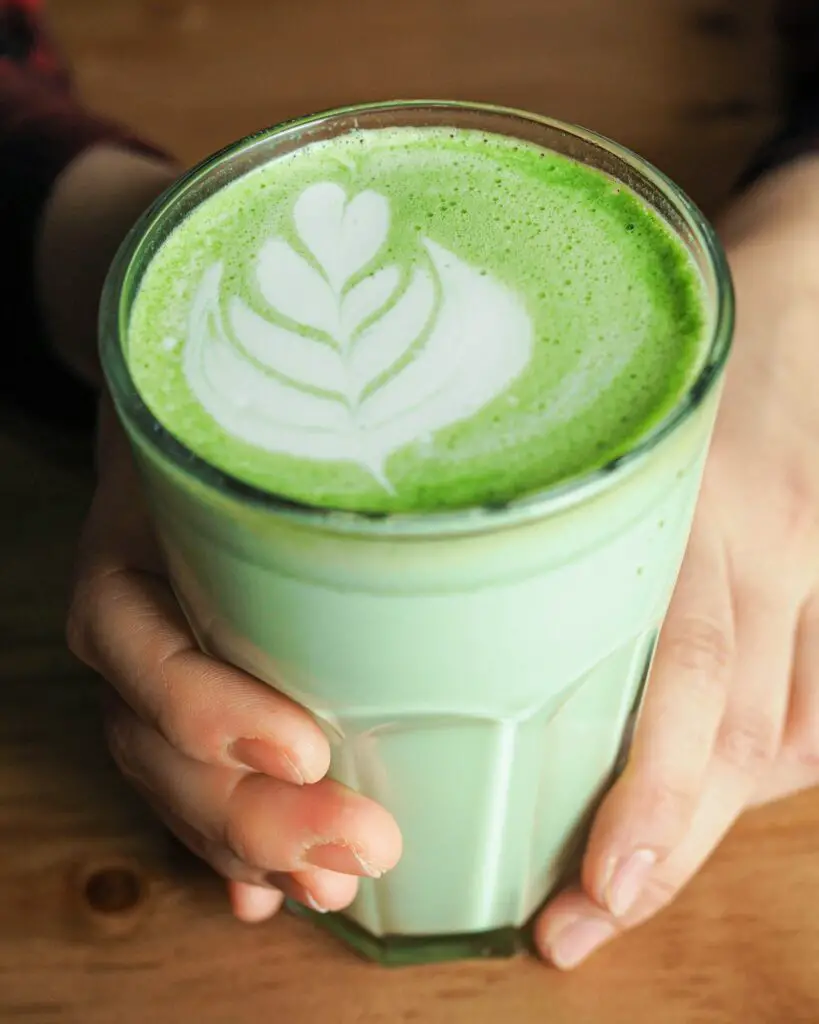
Matcha is a fine, powdered green tea, celebrated not only for its vibrant green color but also for its role in the traditional Japanese tea ceremony. It’s made from shade-grown tea leaves, which are then stone-ground into a fine powder. This process enhances its chlorophyll content and gives Matcha its unique taste profile: a rich, creamy body with a sweet undertone and a hint of umami.
The ceremonial importance of Matcha, used in Chanoyu, the Japanese tea ceremony, underscores its cultural significance and the artistry involved in its preparation.
3. Gyokuro

Gyokuro stands out for its distinct shading process, where the tea bushes are covered for approximately 20 to 30 days before harvesting. This technique reduces the bitterness by increasing theanine and caffeine content, resulting in a tea that has a sweet and full-bodied flavor, with a silky texture. Gyokuro, often referred to as “jade dew,” is highly prized for its smooth, umami-rich profile, making it one of the most luxurious types of green tea.
4. Longjing (Dragon Well)
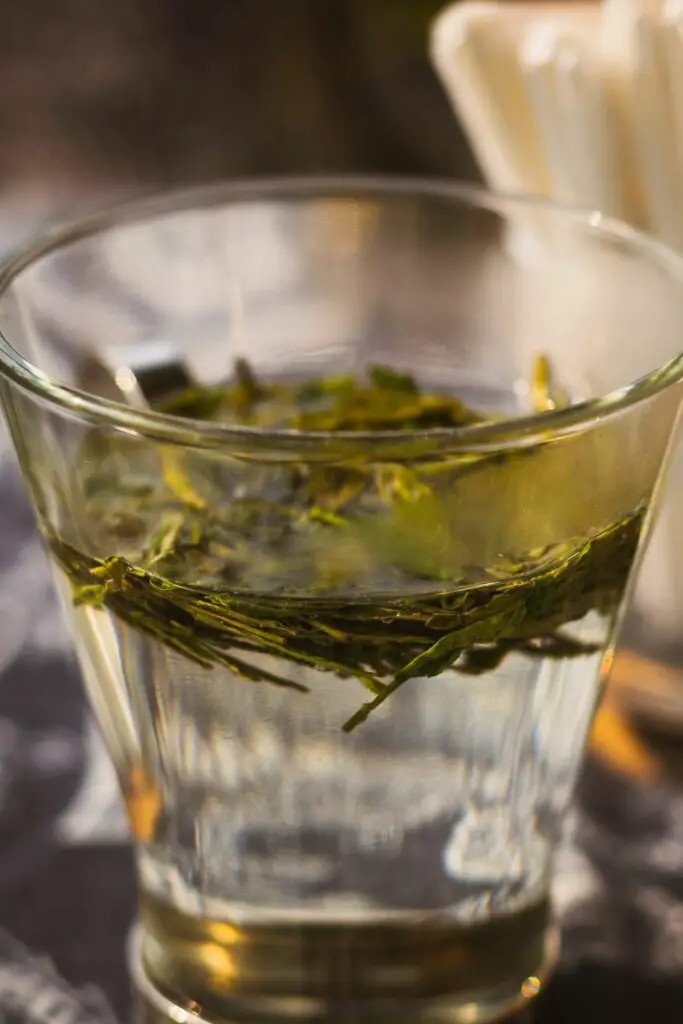
Longjing, or Dragon Well, tea is one of China’s most famous green teas, hailing from the West Lake region of Hangzhou. Its leaves are pan-fired by hand to stop the fermentation process, which creates a flat, smooth shape.
This unique processing method imparts a gentle, clean flavor with a slightly sweet, nutty undertone. Longjing’s taste profile is renowned for its minimal astringency and refreshing finish, embodying the sophistication of Chinese green teas.
5. Genmaicha
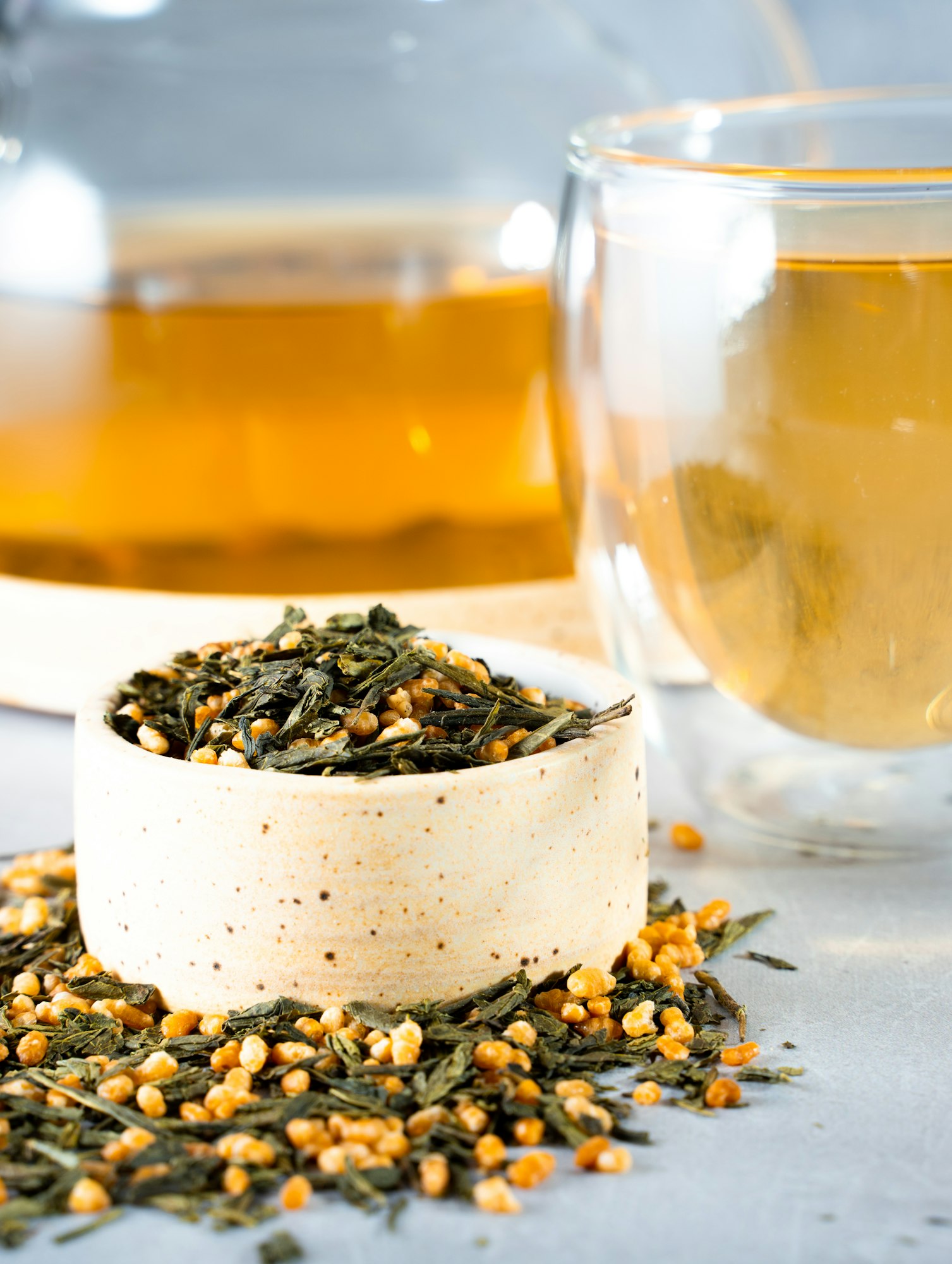
Genmaicha is a distinctive Japanese green tea blended with roasted brown rice, which gives it a unique appearance and a nutty taste profile. The addition of rice was originally intended to extend the tea and make it more affordable, but it has since become beloved for its comforting, warm flavor. The roasted rice complements the grassiness of the green tea, resulting in a blend that is both soothing and satisfying.
6. Hojicha

Hojicha is distinguished by its roasting process, where tea leaves are roasted in a porcelain pot over charcoal, transforming the green leaves to a reddish-brown. This roasting process not only changes the color of the tea but also its flavor profile, reducing the caffeine content and creating a tea with a smoky, caramel-like taste. Hojicha offers a smooth, mellow flavor, making it a perfect evening tea.
7. Mao Jian (Jade Tips)

Mao Jian, known for its pointed, tender leaves, is a high-quality green tea primarily produced in the Chinese provinces of Henan, Jiangxi, and Anhui. It’s often harvested in early spring, capturing the fresh essence of the season. This tea offers a bright, clean taste with a slightly sweet, vegetal undertone. Its aroma is fresh and uplifting, with a lingering, pleasant aftertaste.
8. Biluochun
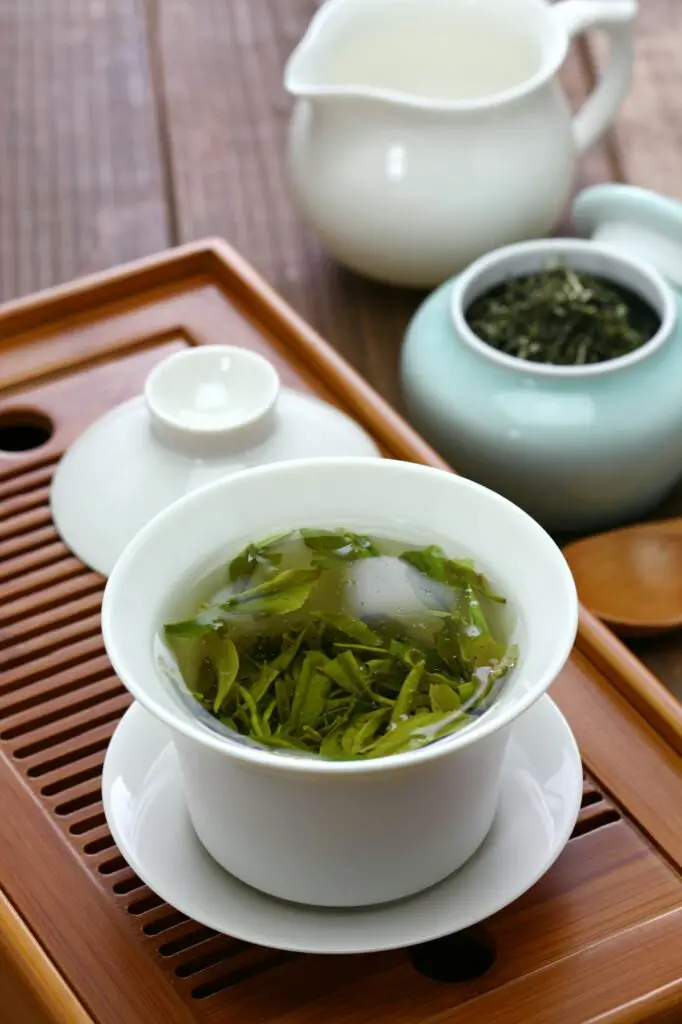
Produced in the Jiangsu province of China, Biluochun is renowned for its tight, spiral-shaped leaves and is one of China’s top ten famous teas. Its name translates to “Green Snail Spring,” referring to its shape and harvest time. Biluochun has a delicate, floral aroma with a light, fruity taste. Its flavor is complex, with a smooth, mellow sweetness and minimal bitterness.
9. Kamairicha

Kamairicha is a pan-fired Japanese green tea, which gives it a distinct character different from the more common steamed Japanese teas. This method of pan-firing is more typical of Chinese green tea processing. It offers a toasty, nutty flavor with less grassiness than steamed varieties. Kamairicha also has a pleasant, mild sweetness and a smooth finish.
10. Tamaryokucha (Guricha)
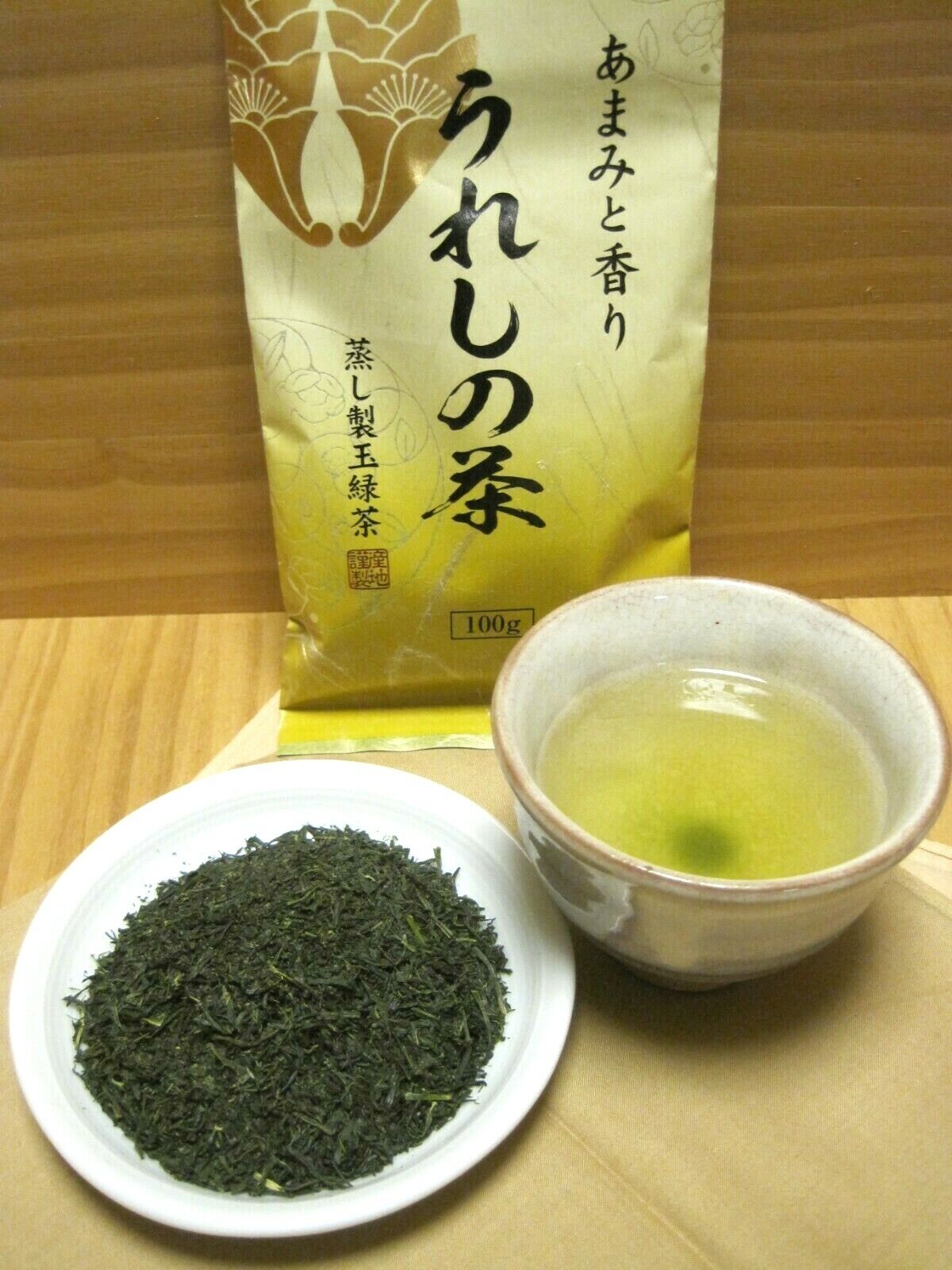
Tamaryokucha, also known as Guricha, is a Japanese green tea that is steamed and then rolled into a curved shape, unlike the typical needle shape of Sencha. It’s produced mainly in Kyushu, Japan. Tamaryokucha has a distinctive, rich umami flavor with a slightly sweet aftertaste. It’s less astringent than Sencha, with a smooth, almost buttery finish.
11. Anji Bai Cha
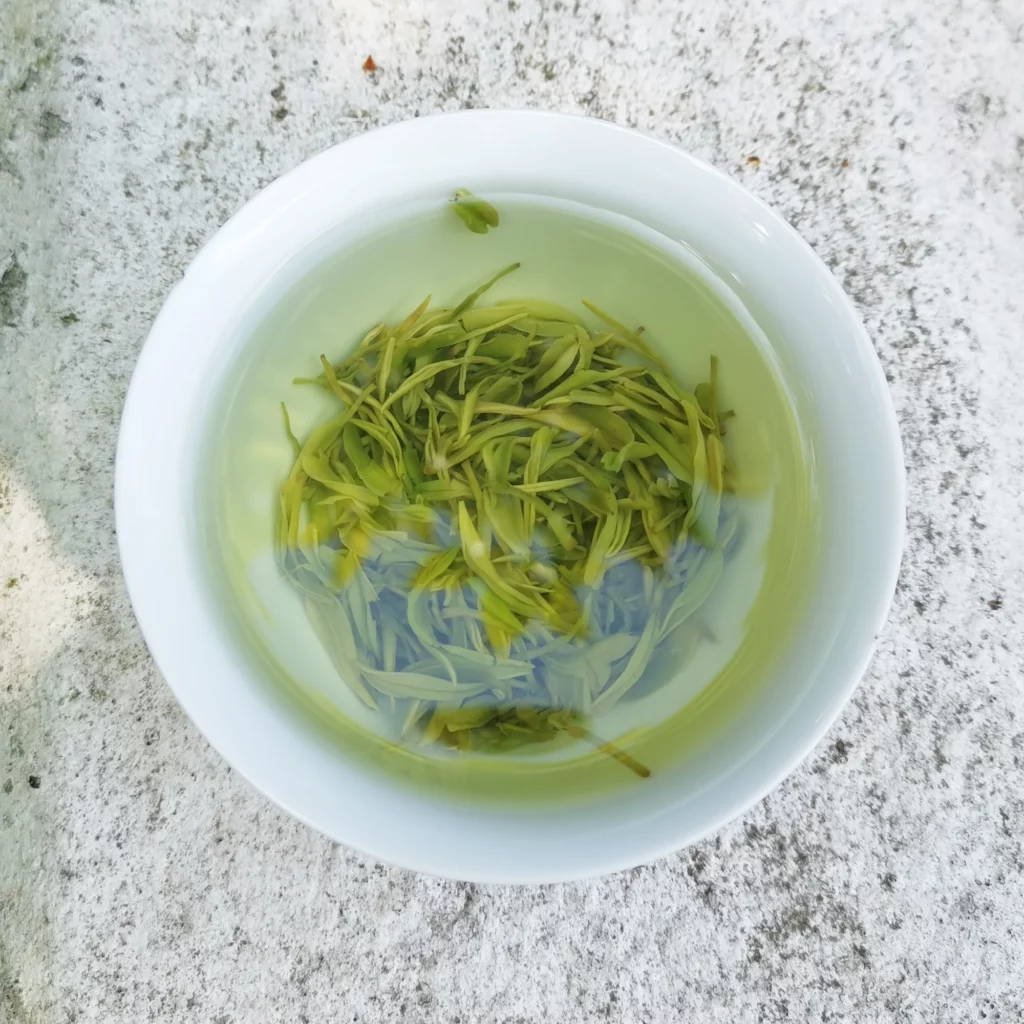
Anji Bai Cha, or Anji White Tea, is a green tea despite its name. It comes from Anji County in Zhejiang, China. The tea is made from a rare cultivar that produces leaves with a high amino acid content. This tea is known for its light, sweet flavor with a hint of floral notes. It has a very pale green color and offers a refreshing, crisp finish.
12. Bancha
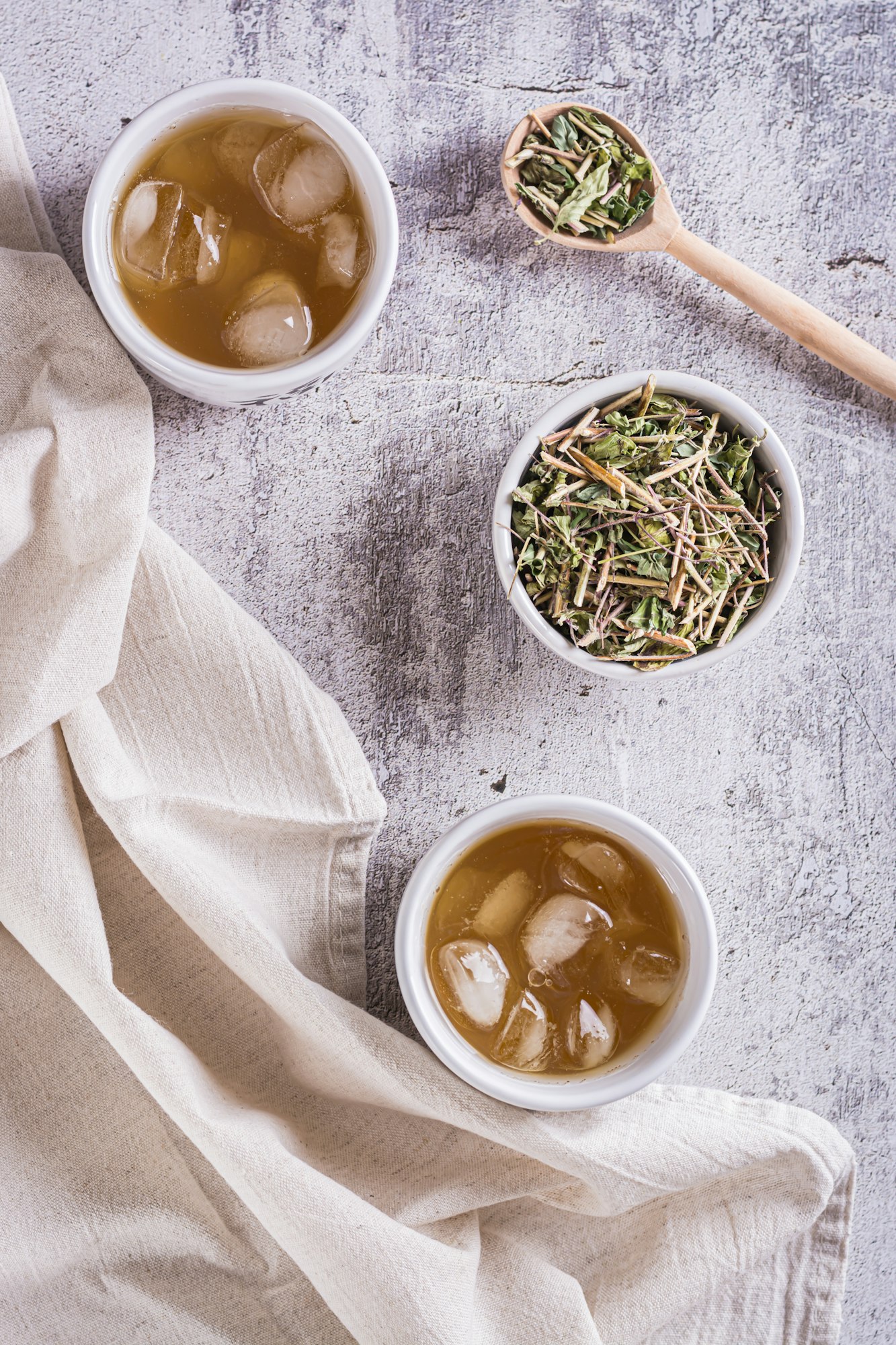
Bancha is a Japanese green tea that comes from the later harvests of the season, after the first flush used for Sencha. It’s considered a more everyday tea due to its lower cost and slightly lower grade. The leaves are larger and have a coarser texture. Harvested from the same plant as Sencha but later in the season, Bancha is more robust and earthy, offering a more accessible option for daily consumption.
13. Kukicha
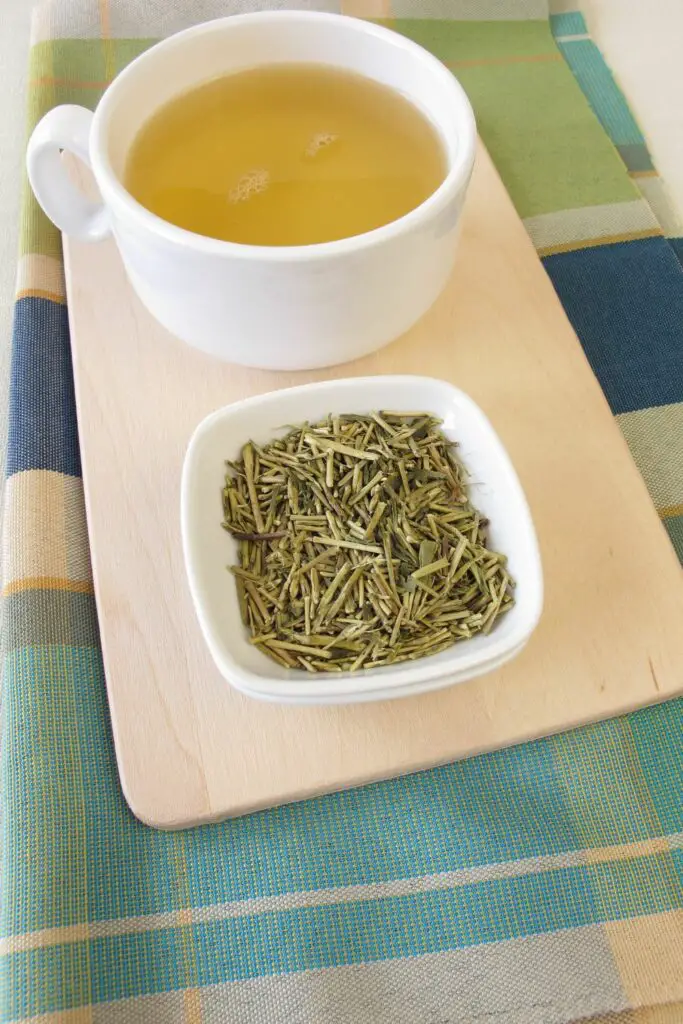
Also known as “twig tea,” Kukicha is made from the stems and twigs of the tea plant. It has a sweet, light flavor with a slightly creamy texture, showcasing the versatility of the tea plant. This tea is unique in its composition and offers a different aspect of the tea plant’s flavor profile.
Kukicha has a sweet, mild flavor with a creamy, somewhat nutty taste. It’s lower in caffeine than leaf teas, making it an excellent choice for those sensitive to caffeine or looking for a gentle, soothing cup of tea.
Each of these green teas offers a unique window into the culture and traditions from which they originate, providing a diverse palette of flavors for enthusiasts to explore and enjoy.






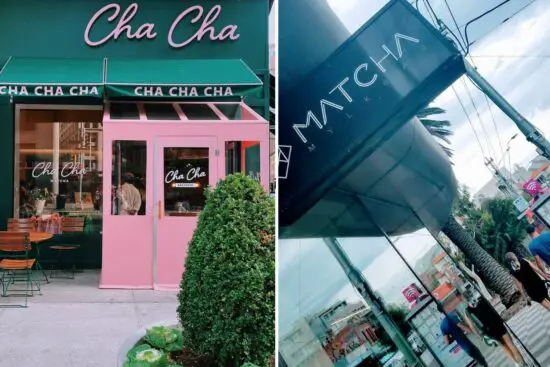
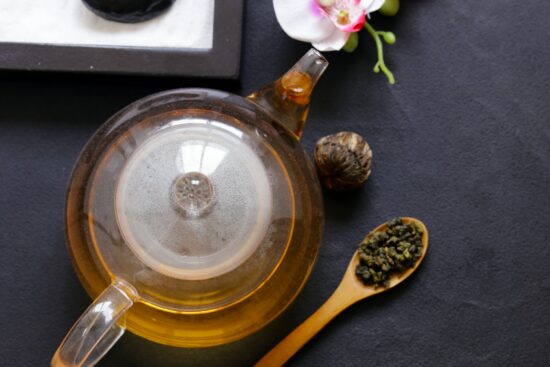
Leave a Reply